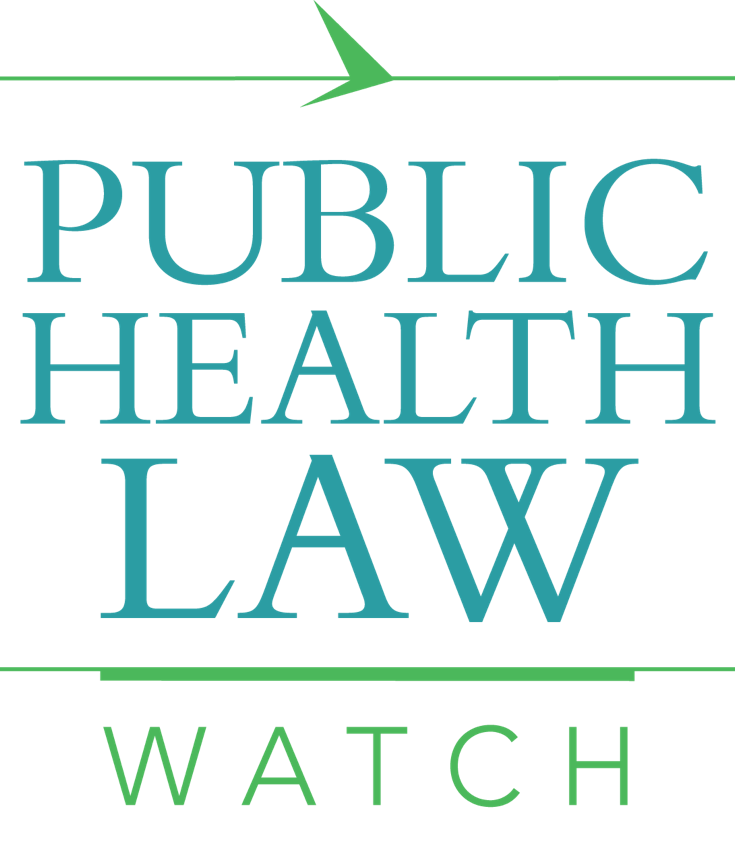This post is first in a series aimed at identifying and exploring some of the public health issues and policies under consideration by candidates in the 2020 Presidential Election.
The goal of this series is to provide a deeper look at the ways in which candidates may or may not be including a public health framework in their healthcare reform policies, and encourage candidates to thoughtfully and purposefully develop nuanced, evidence-based, impactful policies. We also hope to inform the public as they continue to evaluate each candidate’s efforts to articulate plans that address healthcare and public health challenges in the U.S. Our goal is not endorse a particular candidate or political party; rather, our goal, as always, is to research, analyze, inform, and equip people with the knowledge they need to be engaged and thoughtful members of their communities and this nation.
———————————————————————————————————————————————————
Each day, over 130 people die from opioid-related overdoses. This includes both prescription and illicit opioids. The National Institute on Drug Abuse attributes the opioid overdose crisis to unscrupulous pharmaceutical companies, who misled healthcare providers to believe opioid pain relievers were not addictive. Other researchers, while agreeing that increased drug supply was an important factor, argue that economic and social issues fueled the crisis, viewing the issue through the lens of a structural and social determinants of health framework.
Public health experts and practitioners are increasingly pursuing support for and implementation of evidence-based harm reduction policies and programs to reduce harmful outcomes related to substance use disorders (SUD) and opioid use disorders (OUD). Our colleagues at the Health in Justice Action Lab (HIJAL) have identified a series of proven hard reduction programs. Below we offer a description for a few such programs and identify which of the 2020 Democratic Presidential Candidates support each program:
Safe injection facilities
Buprenorphine deregulation
Increased access to SUD treatment in prisons and jails
Decriminalization of opiates for personal use
Safe injection facilities
Safe injection facilities, also known as supervised consumption services (SCS), are legal facilities in which people can bring in and consume illicit drugs under the supervision of trained staff. The facilities provide clients with sterile injection supplies and a safe place to consume drugs, as staff members monitor for overdose and provide first aid as needed. Additionally, staff members are available to provide clients with referrals to drug treatment and other support programs. Although many studies have identified myriad public health benefits of safe injection sites, they remain controversial. Safe injection sites exist around the world, but due to legal issues (and specifically the Controlled Substance Act), not yet in the United States. However, that may be changing soon; a federal judge recently ruled that the Controlled Substance Act does not apply to Safehouse, a Philadelphia group seeking to open a safe injection facility
Candidates who have expressed support for safe injection facilities:
Buprenorphine deregulation
Buprenorphine is an opioid partial agonist used in treating opioid use disorder (OUD). Under the Drug Addiction Treatment Act of 2000, prescribers must complete an approved training, attest to their referral capacity, and submit an application to SAMHSA in order to receive what is known as an “X-waiver.” As noted by Kevin Fiscella et al, “X-waivered prescribers face heightened scrutiny by federal and state law enforcement officials, including periodic audits that are intended to minimize diversion and misuse.” Fiscella articulates four reasons for deregulating buprenorphine:
“First, buprenorphine’s comparative safety undermines a critical rationale for regulation. Buprenorphine, regardless of prescribing intent, is safer than commonly prescribed full-opioid agonists.
Second, deregulation would improve access to buprenorphine during the opioid national emergency. Despite promotion and training initiatives by SAMHSA and legislation that has expanded patient limits and waivers to nurse practitioners and physician assistants, access to buprenorphine has not kept pace with the current epidemic, particularly in rural communities.
Third, buprenorphine regulation is premised on the faulty assumption that buprenorphine diversion is driven by a desire to “get high.” Yet, buprenorphine obtained illicitly is mostly used for self-medication to relieve withdrawal symptoms rather than for euphoria… This suggests that regulations constraining access to buprenorphine may paradoxically contribute to a market for illicit buprenorphine among those who seek treatment.
Lastly, deregulation could help integrate opioid disorder treatment into primary care. Regulations reinforce the stigma surrounding buprenorphine prescribers and patients who receive it while constraining access and discouraging patient engagement and retention in treatment.”
Candidates who have expressed support for buprenorphine deregulation:
Increased access to SUD treatment in prisons and jails
A federal report found that 58% of people in prison and 63% of people in jail suffer from drug use disorders (SUD) based on criteria from the Diagnostic and Statistical Manual of Mental Disorders. However, only 28% of people in prison who met this criteria and 22% of people in jail participated in any type of SUD treatment.
Candidates who have expressed support for increased access to SUD treatment in prisons and jails:
Decriminalization of opiates for personal use
Some advocates have proposed decriminalization as a measure to improve public health. The Drug Policy Alliance lists several benefits of decriminalization on their website:
“Removing criminal penalties for drug possession and low-level sales would:
Save money by reducing prison and especially jail costs and population size
Free up law enforcement resources to be used in more appropriate ways
Prioritize health and safety over punishment for people who use drugs
Reduce the stigma associated with drug use so that problematic drug users are encouraged to come out of the shadows and seek treatment and other support
Remove barriers to evidence-based harm reduction practices such as drug checking, heroin-assisted treatment, and medical marijuana.”
Candidates who have expressed support for decriminalization of opiates for personal use:
